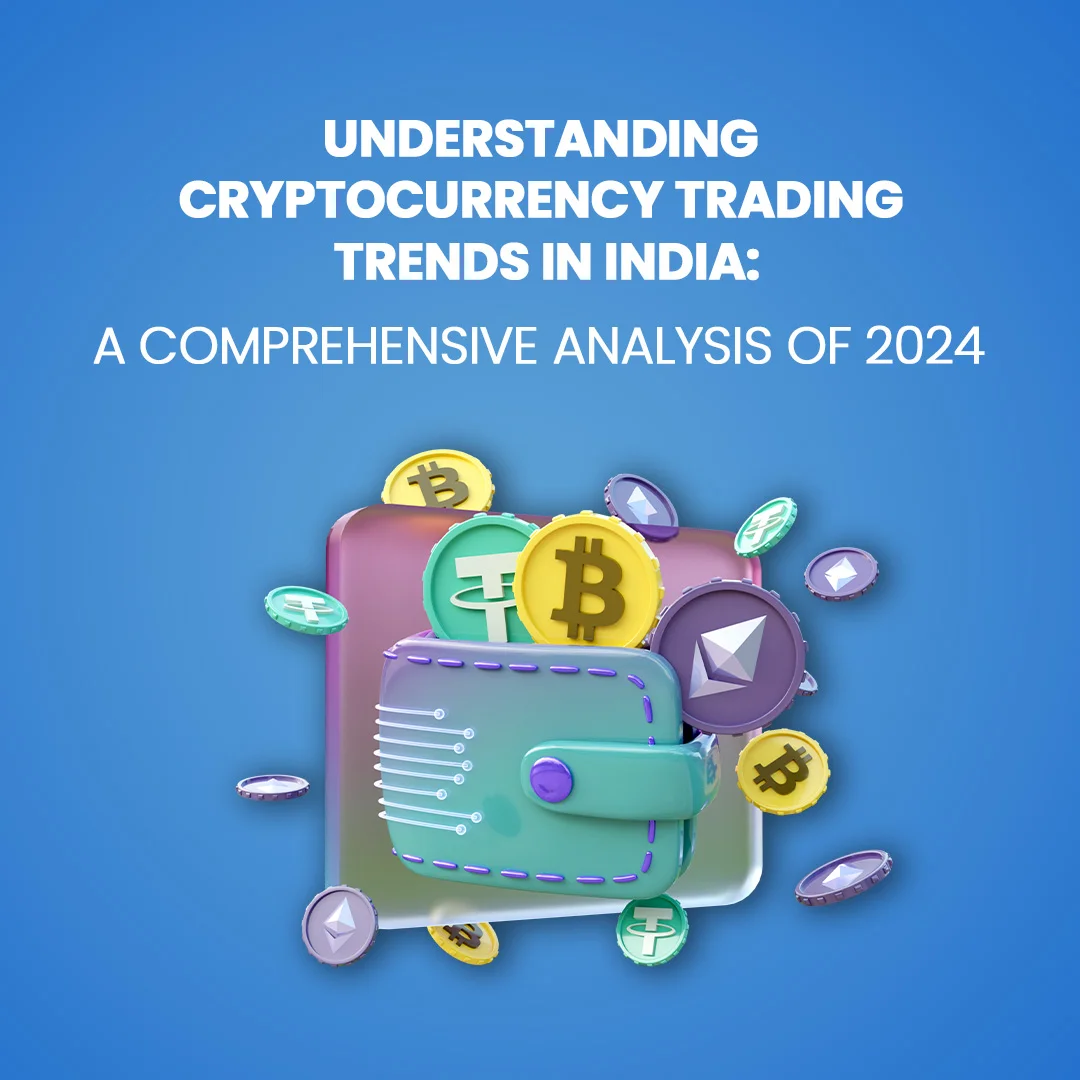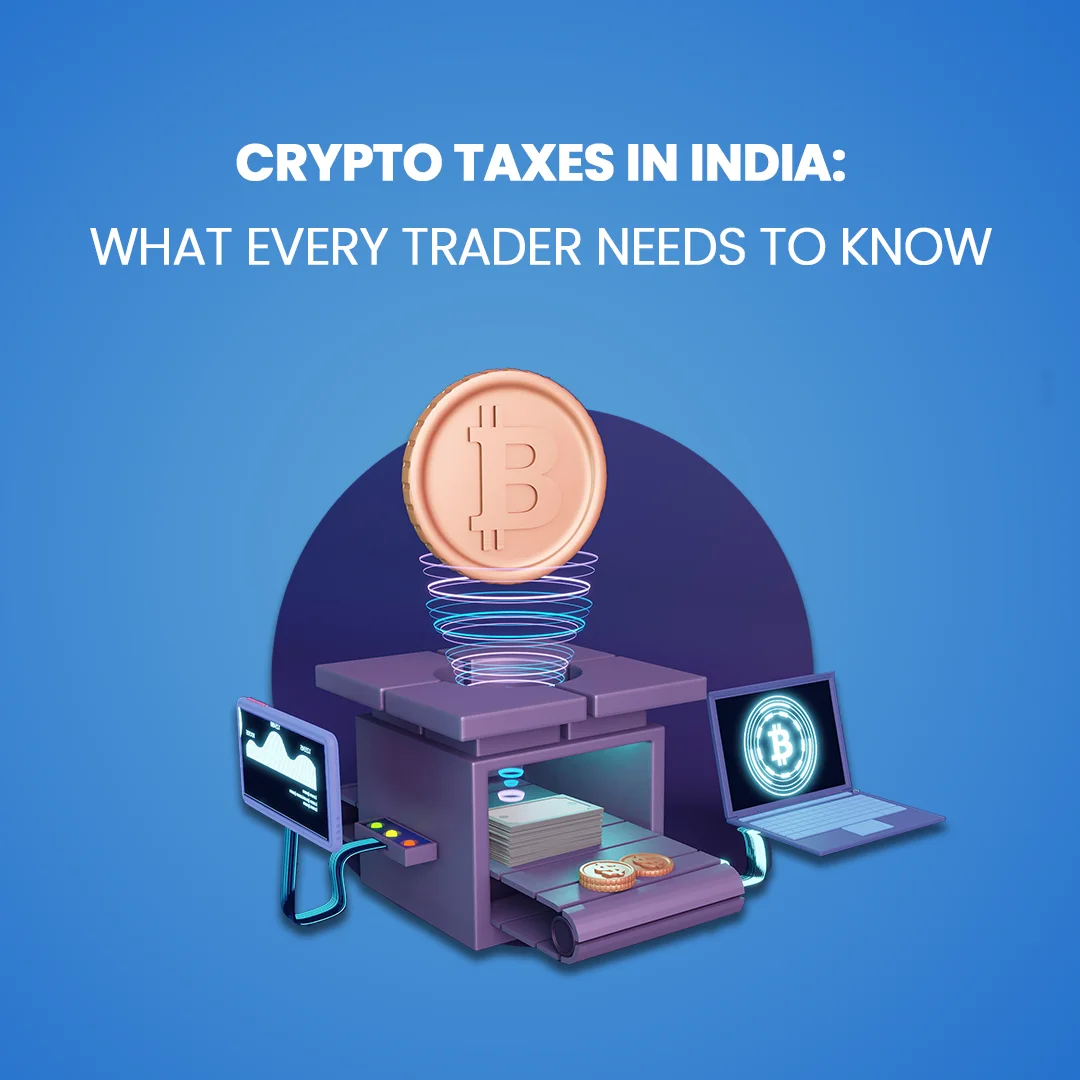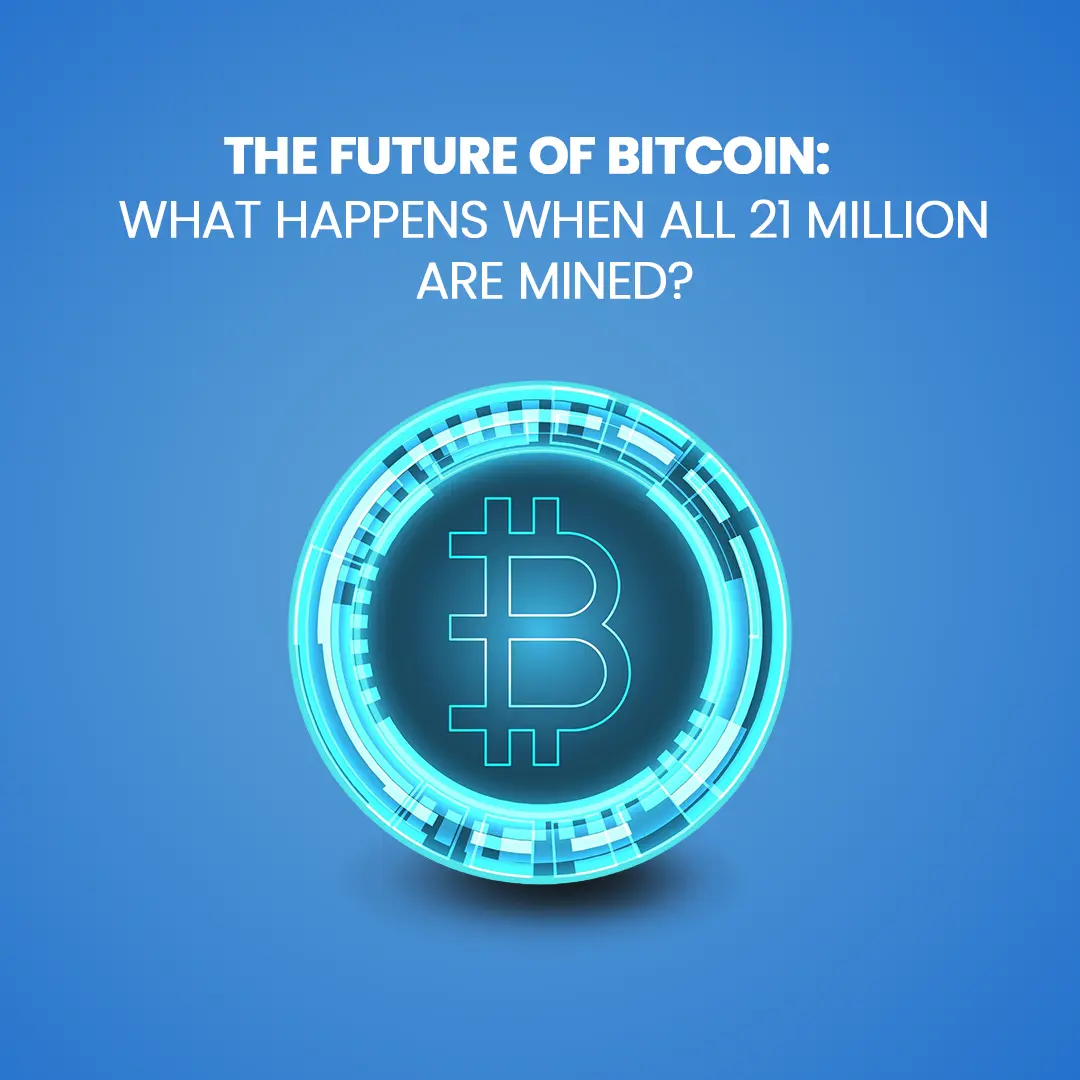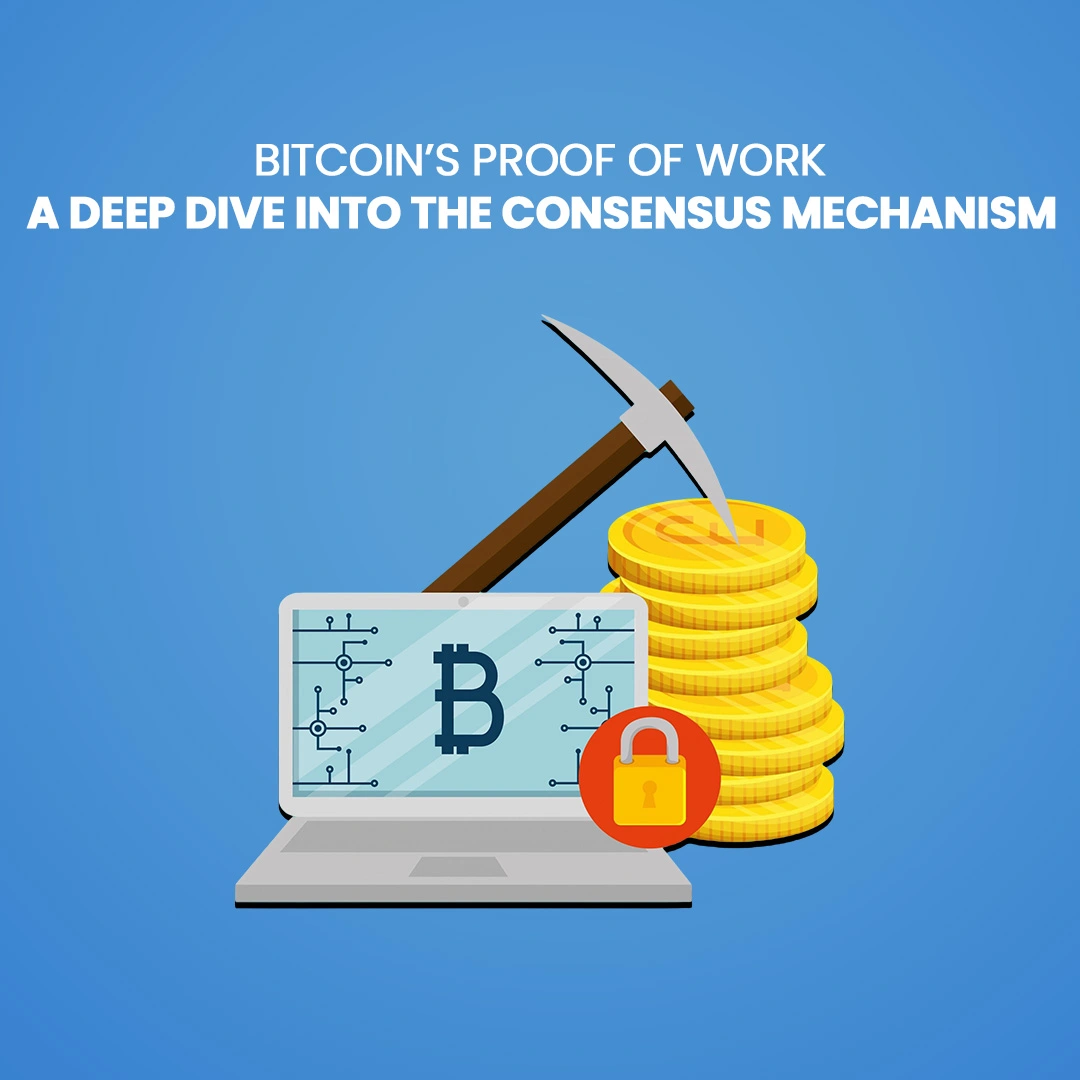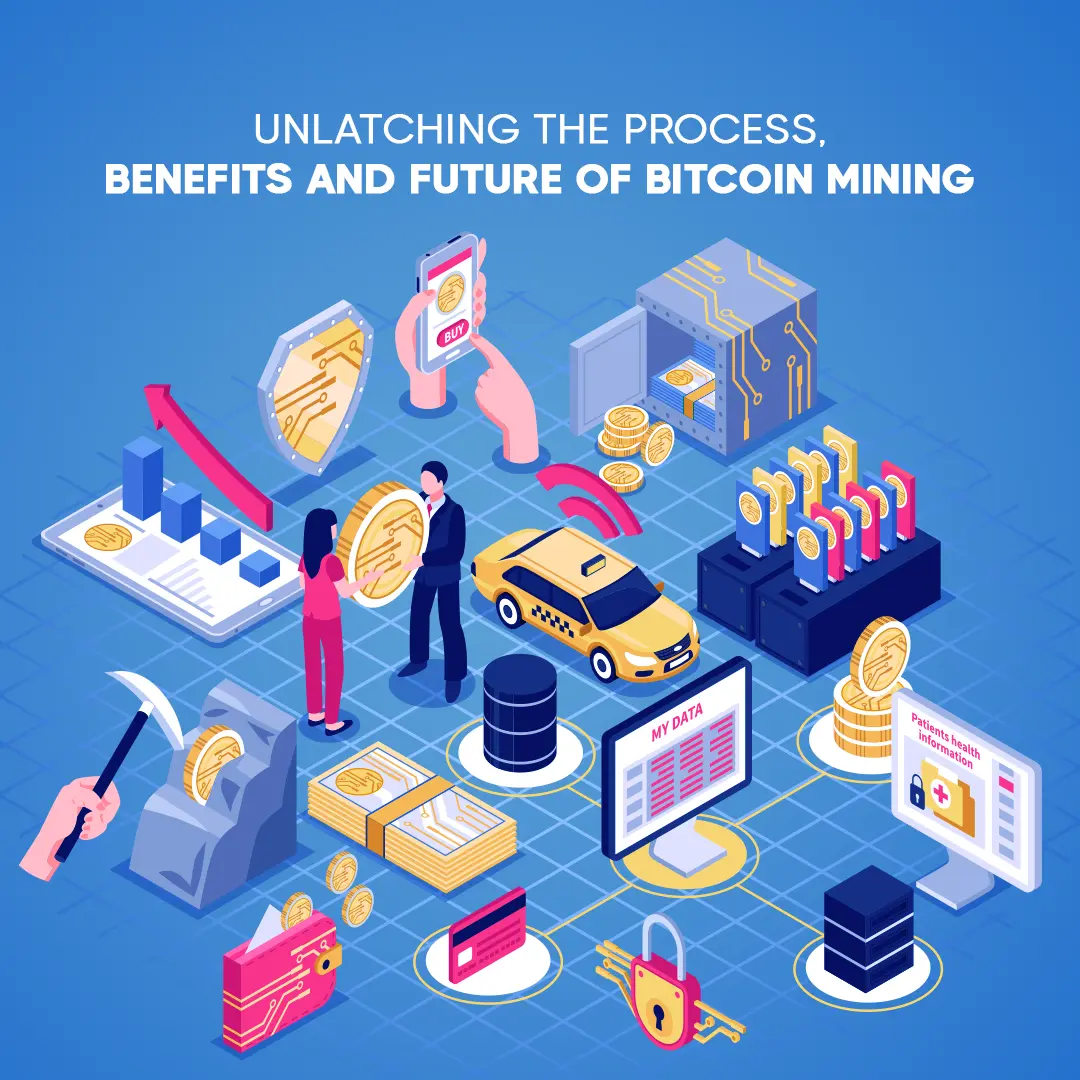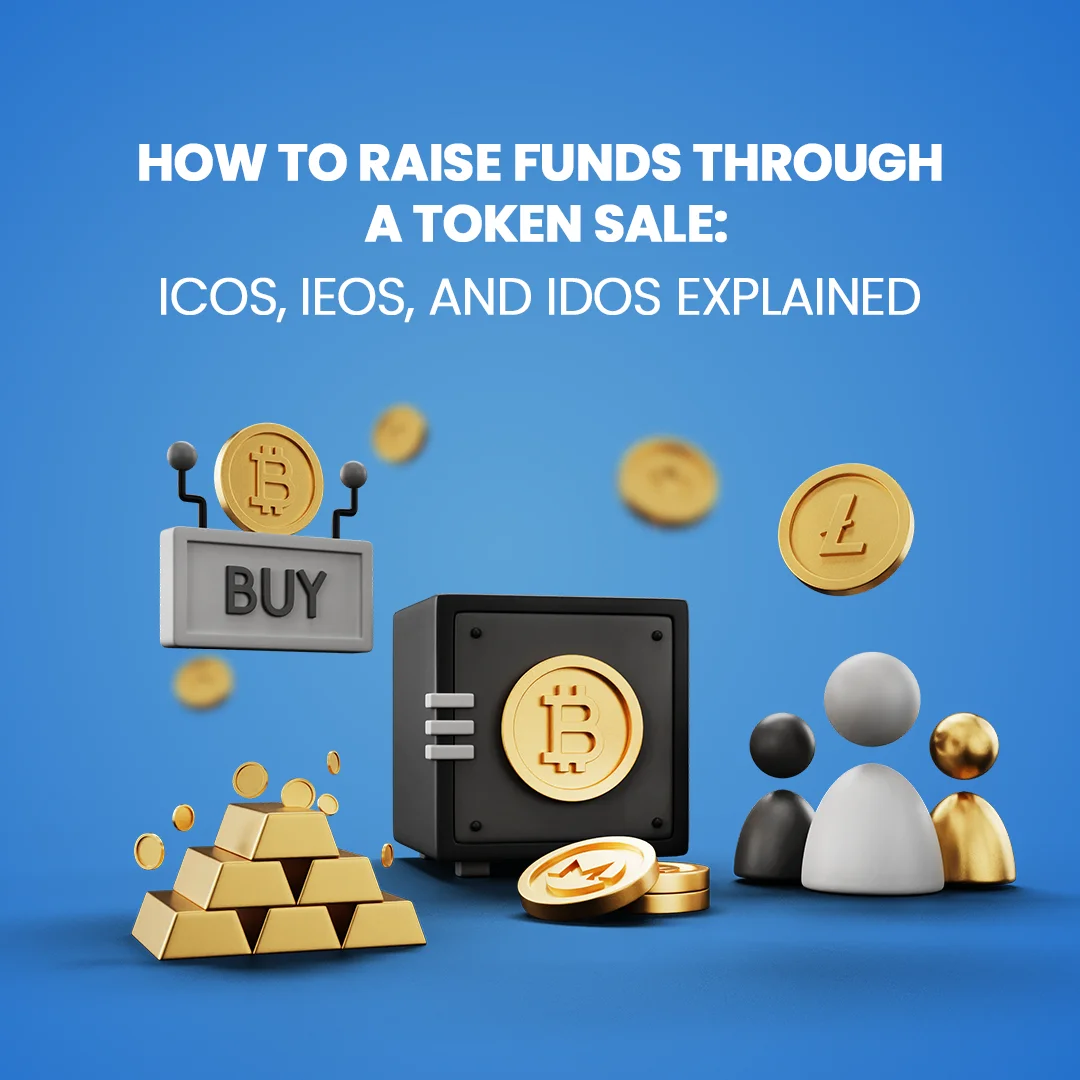

Web 3.0 Unveiled Insights into the Future of the Internet
Have you ever wondered how the internet functions in reality? How can you access a limitless reservoir of information with just one click? What empowers those rapid transactions and real-time market updates that drive a trader’s every step? Understanding the fundamentals of the internet allows one to recognize its immense potential even further. The Internet is more than a mere tool; it is the cornerstone of global connectivity.
The Evolution of Web
Since its inception, the World Wide Web has undergone substantial changes.
The internet began with Web 1.0, which debuted in the middle of the 1990s and had static web pages with little to no interactivity.
Although users could access email and news, dynamic involvement or content creation was impossible.
The Internet’s utility increased as online activities like trade and banking gained popularity.
This paved the way for Web 2.0, a revolution that elevated social connectedness, user-generated content, and interactivity to the fore.
Digital platforms such as Facebook, YouTube, and Twitter (now X) changed the way people shared content instantly and could access it anywhere in the world.
In addition, Web 2.0 gave rise to the gig economy and online behemoths like Google, Apple, and Amazon.
Web 3.0, a breakthrough
Web 3.0 introduces us to the next stage that’s driven by decentralization, user control, and openness.
Compared to Web 2.0’s concentrated power structures, where a small number of tech companies control a large quantity of user data and online interactions, Web 3.0 marks an unprecedented shift.
Web 3.0 seeks to demolish these established power structures and give consumers unparalleled control over their electronic identities and assets by utilizing blockchain technology.
Through the elimination of middlemen and the guarantee that every transaction and contact is permanently documented on the blockchain, this new paradigm promotes openness and confidence.
In addition to improving user privacy and data ownership, the move toward decentralization creates new opportunities for innovation in several industries.
Web 3.0 can drastically change how we interact with digital services, generate new business models, and completely remake our digital experiences.
The Foundations of Web3
Web 3.0 is driven by groundbreaking innovations that have transformed how each of us interacts with the internet today, especially traders.
Web3 exercises authority via blockchain, smart contracts, and digital assets.
This is quite in contrast to Web2, where data and services are controlled by centralized platforms.
Blockchain – operates as a safe, distributed ledger that logs each transaction over a scattered network, ensuring transparency and doing away with the need for middlemen.
Smart contracts – streamline procedures like purchasing and selling without the need for third parties by automating agreements and executing them quickly when certain conditions are satisfied.
Tokens and digital assets – i.e. NFTs and cryptocurrencies, allow people to hold and trade value online.
Web3 - Promising for India's financial development?
Web3 has the power to completely transform India’s digital environment. Decentralization, user ownership, and tokenization are three concepts that India can embrace to solve long-standing issues and seize fresh opportunities.
Particularly in rural areas, decentralized financing (DeFi) can strengthen Financial integration. Artists and creators can get power from non-fungible tokens (NFTs).
New kinds of commerce and social interactions can be facilitated by the metaverse.
Web3 can also improve healthcare systems, provide job prospects, and boost supply chain transparency.
With India’s continued adoption of digital technology, Web3 offers a bright future for the nation that is efficient, inventive, and inclusive.
What are the implications of these technological advancements?
User empowerment – The fundamental idea is user empowerment, which gives people authority over their transactions and data and the ability to regulate who can access it.
Interoperability – Another important factor is interoperability, which promotes a more integrated digital environment by enabling smooth interactions and exchanges across platforms.
Ownership promotion – Tokenization in Web3 also promotes ownership by allowing users to use digital tokens to engage in platforms and governance, which promotes value creation and community involvement.
The key difference between Web3 and Web2
Web2
Control
Web2: Powered by centralized platforms (like Google and Facebook) that give a small number of firms control over data and services.
Ownership
Web2: Although users contribute data and content, the platforms maintain ownership and control.
Trust building
Web2: Centralized authority and middlemen, including banks and social media firms, are the channels by which trust is built.
Openness
Web2: There is typically little visibility into how user data is managed due to the opaque nature of platform operations and data management.
Permissions
Web2: Permissions and approvals from central authorities are frequently needed to use platforms and services.
Web3
Control
Web3: Distributes control and reduces dependence on singular entities by utilizing decentralized networks like blockchain.
Ownership
Web3: Users have greater autonomy and control over their online appearance since they hold their data and digital assets.
Trust building
Web3: By utilizing blockchain technology and smart contracts, trust is ingrained in the system, eliminating the need for middlemen.
Openness
Web3: Blockchain ensures transparency by allowing everyone to see and verify transactions and data management.
Permissions
Web3: Permissionless participation and interactions allow users to freely participate and add content without requiring permission.
Let’s understand how decentralized finance (DeFi) and Web3 are connected
1. Financial Services Transformation
DeFi is committed to transforming established financial systems through the decentralization of lending, borrowing, trading, and insurance services.
By employing blockchain technology and smart contracts, eliminates middlemen like banks and brokers to enable direct, peer-to-peer transactions.
The goal of this change is to provide a permissionless, more transparent financial ecosystem where people are in direct control of their assets.
2. Collaboration with Web 3.0
Web 3.0 is a more expansive concept for the internet that covers decentralized content development, social media, and network infrastructure.
A crucial element of this concept is DeFi, which focuses on financial reform in the context of the Web 3.0 ecosystem.
Both ideas make use of blockchain technology to create a more user-centered, egalitarian digital environment.
3. Web 3.0 and DeFi inclusion
Web 3.0’s inclusion of DeFi strengthens the overall vision by integrating financial reform with more general decentralization objectives.
Web 3.0’s goal of decentralizing every aspect of online interaction is made more effective by DeFi’s focus on money, which spurs innovation and encourages a more user-centric digital environment.
Web3 and NFTs: Redefining Digital Ownership
In the increasingly decentralized progress of the web toward Web3, non-fungible tokens (NFTs) play a fundamental role. NFTs are unique, one-of-a-kind digital goods that are stored on the blockchain, guaranteeing their validity and ownership, in contrast to standard digital assets that are easily replicated or split up.
Thanks to NFTs, users, artists, and producers may now assert true ownership over digital content in ways not imaginable before.
Every NFT is associated with a particular material or asset, be it rare in-game goods, music, films, virtual real estate, or even significant personal documents like diplomas or medical data.
In addition to ensuring the original work, this unique ownership enables creators to get royalties from subsequent sales, generating a whole new source of income and reward structure.
The adoption of Non-Fungible Tokens in Web3 also shifts the equilibrium of authority away from centralized platforms—which frequently control the dissemination of content and financial gain—and toward people.
NFTs give authors and users complete control over their work, guarantee transaction transparency, and offer a validated digital ownership trail within the Web3 ecosystem.
Furthermore, because Non-fungible tokens are maintained immutably on the blockchain, they open up new possibilities for innovation in fields like digital identification, membership benefits, and even voting rights.
These Tokens will further transform digital ownership as Web3 develops, providing fresh opportunities for interacting with, monetizing, and protecting digital assets while fostering a decentralized and just digital economy.
Web3 and NFTs are closely connected
Both strive to provide people with greater control over their online identities and content.
While Web2 refers to the ownership and control of material by platforms such as social media networks or streaming services, Web3 reverts the authority to the users.
NFTs allow creators to sell their digital works directly to consumers without the need for middlemen, giving them ongoing revenue streams from resale royalties while maintaining ownership.
This makes ownership clear, safe, and irreversible by doing away with the need for centralized systems.
The role-play of DAOs (Decentralized Autonomous Organizations) in Web3
DAO has the ability to function without the need for a central governing body in the Web 3.0 space. It depends on blockchain technology and smart contracts in order to make decisions.
Transparency and Trust: Unlike traditional closed systems, DAOs guarantee complete transparency by making choices visible to all parties, which promotes trust.
Decentralized Power: When power is shared by all involved parties, there is less chance of centralized control and skewed judgment.
Autonomous and Effective: DAOs are extremely effective because smart contracts automate procedures, eliminating intermediaries and reducing errors.
Global and Inclusive: DAOs foster diverse collaboration beyond national boundaries by enabling worldwide involvement.
Resource Allocation: In DAOs, democratic token-based voting guarantees the wise distribution of resources through group decision-making.
Individual Empowerment: Decentralized Autonomy (DAO) allows users to be free from censorship, build confidence, and eliminate control from a central authority.
The Benefits of Web3 for Users and Developers
Developing Decentralized Applications (dApps)
Developers have the opportunity to lead the charge in producing dApps that change conventional markets. There’s a lot of room to grow in developing creative solutions that don’t rely on centralized organizations, from social media to money.
Taking Part in DeFi Growth
Developers can make significant contributions to the rapidly expanding DeFi sector by developing decentralized financial products that provide limitless funding, trading, lending, and other activities, thereby cutting out intermediaries and broadening the scope of financial services.
Using Smart Contracts for Automation
Without the need for intermediaries, smart agreements give developers the ability to automate complex processes in a range of industries, including insurance and real estate. This creates countless opportunities for developing reliable, effective platforms.
NFT and Token Innovation
With NFTs and tokenization, developers can create novel digital ownership structures for works of art, video games, music, and even virtual real estate. It opens up whole new avenues for them to produce, possess, and exchange digital assets.
Creating the Metaverse
Web3 is essential to the metaverse’s growth, as decentralized technology will result in immersive virtual environments. In this fresh arena, developers may create user experiences and infrastructure.
Contributing to Decentralized Governance
Developers have a unique potential to shape the management and operation of digital spaces by creating frameworks where communities supervise platforms through the use of DAOs (Decentralized Autonomous Organizations).
Challenges and Limitations of Web3 Adoption
A lot of challenges may hinder Web3 from being adopted quickly.
Scalability is one of the primary problems since many blockchain-based systems find it difficult to process massive volumes of data and transactions rapidly.
The complexity of decentralized applications (dApps) might also make them difficult for the ordinary user to navigate.
Furthermore, Web3 initiatives find it difficult to function freely due to regulatory uncertainties in various countries, and integrating decentralized systems with the current infrastructure continues to be difficult.
Finally, excessive gas fees—transaction costs—may discourage consumers from utilizing Web3 platforms to their full potential.
Web3 Use Cases: From Gaming to Social Media
A lot of industries, social media and gaming in particular are seeing great transformations because of Web3. Through NFTs, gamers may actually own in-game assets such as skins, objects, and characters in games, enabling cross-platform trading and revenue generation. Players in virtual worlds now have greater economic worth and control because of this decentralization. Furthermore, blockchain-based games blur the distinction between virtual and actual economies by introducing play-to-earn models, in which players receive tokens or cryptocurrencies in exchange for their in-game achievements.
Web3 platforms in social media want to give users control over their data and content so they can be compensated for their participation rather than having centralized platforms make money. Users can enjoy censorship-resistant surroundings, directly commercialize their contributions, and maintain control over their personal data. This change encourages greater openness, user agency, and financial prospects.
Predicting the Future and Trends of Web3
Widespread Adoption of Decentralized Finance (DeFi)
DeFi will continue to disrupt existing financial institutions by allowing individuals greater autonomy, transparency, and accessibility in managing their assets.
The rise of Decentralized Autonomous Organizations (DAOs)
Communities will work together to jointly administer platforms and protocols, further decentralizing decision-making processes. DAOs are expected to proliferate.
Creation of dApps
Combining blockchain technology and artificial intelligence (AI) will create decentralized applications (dApps) that are more intelligent and responsive.
Expansion of the Metaverse
Web3 will help create immersive virtual worlds in which consumers can use NFTs to purchase virtual items, identities, and real estate.
Improvements in Privacy-Focused Innovations
Technologies that prioritize privacy, including zero-knowledge proofs, will improve user security and anonymity.
Wider Web3 Adoption
Taken together, these developments will fundamentally alter how we use the internet, structure corporations, develop communities, and construct digital ecosystems.
How is Web3 redefining the Internet?
Web3 represents a fundamental change in the way the internet has evolved, going from a decentralized, user-centric paradigm to a centralized model controlled by a few major companies. Web3, which makes use of blockchain technology, gives people more control over their data, increases transparency, and encourages direct communication between people. Through NFTs, this new era aims to redefine digital ownership; through DeFi, it will democratize financial services; and through DAOs, it will support innovative governance structures. As Web3 develops further, it has the power to change not only how we interact with the digital world but also how we access and use online services, making the internet more inclusive, safe, and open to all.
Blockchain, crypto, and Web 3.0 have been the talk of the world, specifically India for quite some time now. The article here outlines the development of the Internet from its inception to the present. The World Wide Web was first established as a result of the crucial computer sale, which was followed by the switch to Web 2.0. This brought social media and user-generated content to life. But worries about the security and privacy of data have spurred the creation of Web 3.0, a decentralized network that uses blockchain technology to bring back user control and confidence.
The piece of write-up focuses on India’s expanding involvement in Web 3.0, highlighting the difficulties posed by unclear regulations as well as the country’s enormous talent pool. Despite these obstacles, India is becoming a major player in the Web 3.0 market thanks to an array of businesses and investments that are accelerating its pace!
FAQs
Web1 was static and read-only, Web2 included interactivity but centralized control, and Web3 is the decentralized, user-driven version of the internet.
Blockchain offers Web3’s decentralized structure, enabling safe, open transactions and data storage.
Web3 uses decentralized networks, where people manage their own personal information using cryptography, to ensure privacy and data ownership.
dApps are apps powered by blockchain that provide user control, security, and transparency while running decentralized.
Web3 transactions are fueled by cryptocurrencies, which offer decentralized financial systems for value exchange within the structure of Web3.
Unique digital assets may be held, traded, and authenticated over decentralized networks because of NFTs, which are a vital part of Web 3.
In Web3, autonomous organizations known as DAOs (Decentralized Autonomous Organizations) enable group decision-making without centralized management.
The primary challenges involve improving user experience, scalability, regulatory uncertainty, and user education.
Given decentralized ownership and transparency, it finds application in a variety of industries, including gaming, art, healthcare, and supply chains.
Web3 may help achieve greater decentralization in the future, improved user autonomy, and broad acceptance across industries.

